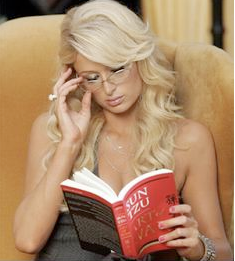MATH WARNING!! DO NOT PROCEED WITHOUT PROTECTIVE TIN FOIL HAT!!scottycoyote said:while im by no means an expert on SAM, i have been using it very successfully for 2 years, so i cant vouch for why it works, i just know it does. One thing on the angles and the geometry, i too thought it didnt make sense how there are only those 6 angles (which is what i was taught), but then what did make sense was the fact that the pockets are twice as big (or almost twice as big in most cases) as the ball, which allows some degree of error on the aiming and still make the ball (i believe randy said it was 4 to 6 degrees allowable error). Im not here to debate the geometry, just offering that up as a tidbit that might help it make sense if its correct.
I think the easy way to think of this is to remember that you've got 1/4 of the object ball's circumference to work with for any cut shot (the 1/2 you can see divided by 2 for either a left or right cut). This equals 90 degrees.
If there's a 6 degree margin of error (the high side of Cue Tech's estimate), then you can hit anywhere within a 6 degree section of that 90 degrees and make the shot (absolutely dead on plus 3 degrees either way). That's a bit less than a 1/8 inch area on the object ball.
Well, if you divide up 1/4 of the object ball's circumference (90 degrees) into 6 degree sections you get 15 contact areas (90/6) - so to send the object ball to every possible pocket location you need at least 15 angles, not just 6. (By the way, the math works the same way if you divide the OB's circumference into ~1/8 inch segments.)
The other thing about the margin of error is that it depends on the distance of the OB from the pocket (and on the size of the pocket, but that's less important). 4-6 degrees is the margin of error for most pocket sizes when the OB is about 4-6 feet from the pocket.
I think the average shot length in most pool games is more like 2-4 feet, so Cue Tech is being conservative with their margin of error estimate. But even for shots of 2-4 feet the margin of error is something like 5-12 degrees for most pockets, and even at the high end of that (for 2-foot shots) you need more than 6 angles.
In other words, the only kind of shot for which 6 angles is consistent with geometry is shots where the object ball is within about 1 foot of the pocket. This, of course, has been pointed out repeatedly over the years to those who say these "x angle" systems work without adjustment - but that usually has results similar to challenging somebody's religious beliefs (and maybe for similar reasons).
Again, let me say that I'm not criticizing the usefulness of these kinds of systems for those that prefer them, just offering the cold reality for anybody who's interested and for whatever it may be worth.
Peace to all my pool playing brethren and sistern,
pj
chgo
(Edited to highlight the "take home" message for those who don't want to wade through the math.)
Last edited:

